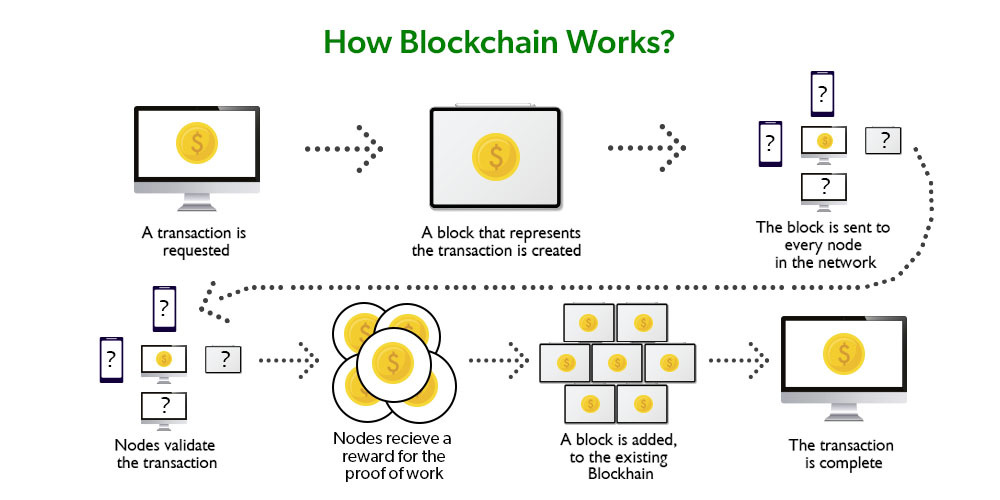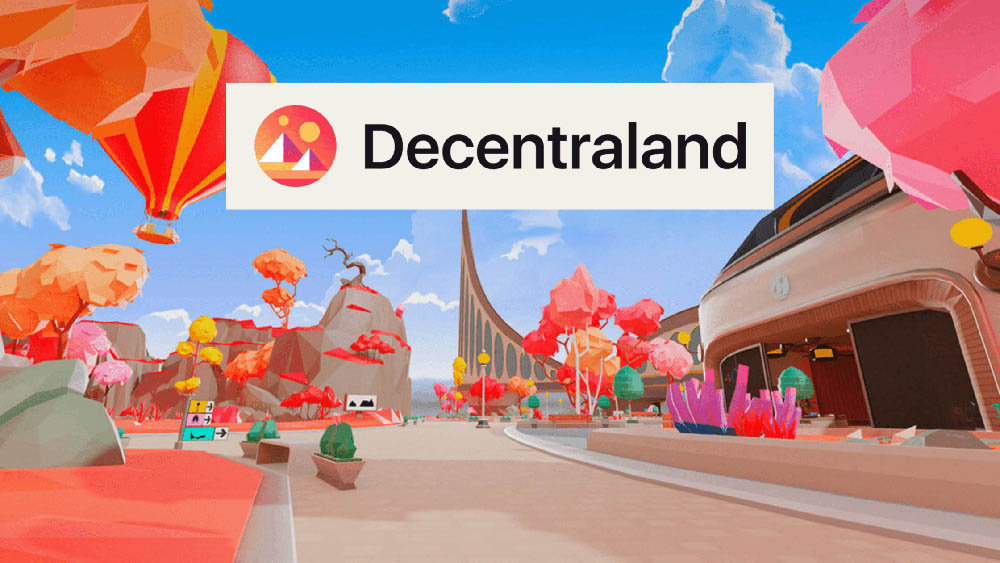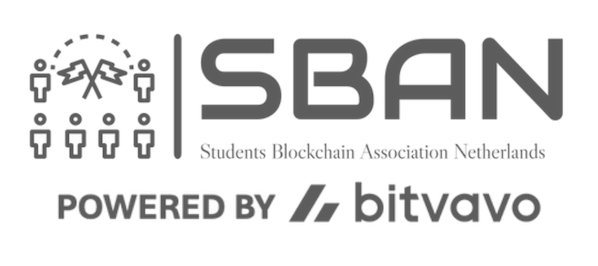Introduction
Hello fellow students! Are you curious about the technology that’s revolutionizing finance, privacy, law, and even modern arts? Welcome to your beginner’s guide to understanding blockchain, brought to you by SBAN. Whether you’re completely new to the topic or have a little background knowledge, this post is designed to demystify blockchain for everyone.
So What Exactly is Blockchain?
Imagine a digital file cabinet, but instead of being located in one specific place like a traditional file cabinet in an office, this digital version exists simultaneously on thousands of computers around the world. Each of these computers holds an exact copy of the file cabinet, ensuring that all the records are duplicated across the entire network.
In this digital file cabinet, every transaction or record is stored with a high level of security. Because the records are not just stored in one location, it’s almost impossible for someone to alter them without being detected. This setup is quite different from traditional record-keeping systems, which are usually managed by a central authority like a bank or a government office, where we as minorities have little to no influence or control. Also, these systems can be vulnerable to attacks or fraud if the central authority is compromised.

The decentralized nature of this digital file cabinet means that no single person or organization has control over the entire system. Instead, everyone who participates in the network has access to all the records at all times, and any changes to the records must be agreed upon by consensus. This means the majority of those maintaining the records must approve any change, making unauthorized adjustments extremely difficult.
This transparency ensures that every participant can see and verify the records independently, which builds trust among users. Additionally, the security and transparency of this system make it ideal for applications where privacy and reliability are crucial, such as in financial transactions, legal documents, and even voting systems.
The system we’re describing is known as blockchain technology. It’s like a more secure, transparent, and collaborative version of a file cabinet that can be accessed from anywhere in the world, making it a revolutionary tool for managing data in the digital age.
The Building Blocks of Blockchain

Data or transactions on a blockchain are stored in structures called “blocks.” When a block’s data capacity is reached, it is closed and linked to the previously filled block, forming a chain—hence the term “blockchain.” The information on a blockchain is permanent and unchangeable, which makes falsifying data extremely difficult.
To ensure the security and integrity of the blockchain, the network relies on entities called “Nodes.” Nodes are essentially computers that connect to the blockchain network and have several important functions:
- Validation: Nodes validate new transactions and ensure they are legitimate before they are added to a block.
- Consensus: Nodes participate in the consensus process, which is a method used to agree on the validity of transactions. This process is crucial because it ensures that all copies of the distributed ledger are the same across the entire network.
- Record Keeping: Once consensus is reached, nodes help record transactions in the blockchain and maintain an up-to-date copy of the ledger.
The presence of nodes across different geographic locations and organizations adds to the decentralized nature of blockchain, enhancing its security and reducing the likelihood of fraudulent activities or central points of failure.
At SBAN, we contribute to this innovative technology by running our own node. By doing so, we actively participate in the blockchain network, helping to validate transactions and maintain the ledger. This involvement not only strengthens the blockchain network but also provides our members with direct experience and understanding of how blockchain technology operates in real time.
Our active role in the blockchain ecosystem reflects our commitment to empowering students with hands-on experience and promoting a deeper understanding of this transformative technology.
Why Blockchain Matters
Blockchain technology offers significant advantages:
- Transparency: Each participant in the blockchain network has access to the entire database and its complete history. No single participant can change a record without the consensus of others, making blockchain highly transparent.
- Efficiency: Blockchain can streamline processes and reduce costs by cutting out intermediaries like banks and administrative services.
- Security: The decentralized and immutable nature of blockchain provides protection against fraud and unauthorized alterations.
Real-World Applications of Blockchain
Blockchain technology’s reach extends far beyond just powering cryptocurrencies. Here are some impactful areas where blockchain is making a difference:

- Gaming: Blockchain has transformed the gaming industry by allowing for the use case of unique, non-fungible tokens (NFTs) that players can own and trade within games. This technology ensures that in-game items are truly owned by players, not just the game developers, enabling a whole new economy in virtual worlds. Making games Play-To-Earn, instead of Pay-To-Win.
- Tokenization: Tokenization through blockchain allows the conversion of real-world assets into digital tokens, which can then be bought, sold, or traded more efficiently and with greater security. This can include anything from real estate and cars to artwork and intellectual property, democratizing access to investments and enabling fractional ownership.
- Supply Chain Management: Blockchain increases transparency in supply chains by providing a tamper-proof record of product journeys from origin to consumer. This visibility helps companies not only to prevent fraud and counterfeiting but also to prove their compliance with environmental and labor standards.
- Finance: Blockchain is revolutionizing the financial industry by enabling faster, cheaper, and more secure transactions compared to traditional financial systems. It eliminates the need for middlemen like banks, leading to lower costs and reduced transaction times, which is particularly beneficial in international trade.
How Can You Get Involved?
SBAN is dedicated to helping students explore and utilize blockchain technology. We host workshops, invite speakers from the industry, and provide resources for you to start your own blockchain projects. Whether you’re just starting out or looking to deepen your understanding, our events are a great place to learn and network with like-minded!
Conclusion
Blockchain technology is assured to change the way we manage and record transactions, protect data, and eventually even vote. As students at the cutting edge of this innovation, it’s an exciting time to get involved and perhaps influence the future of blockchain technology. Join us at the next SBAN event to learn more and take your first steps in this dynamic field!
